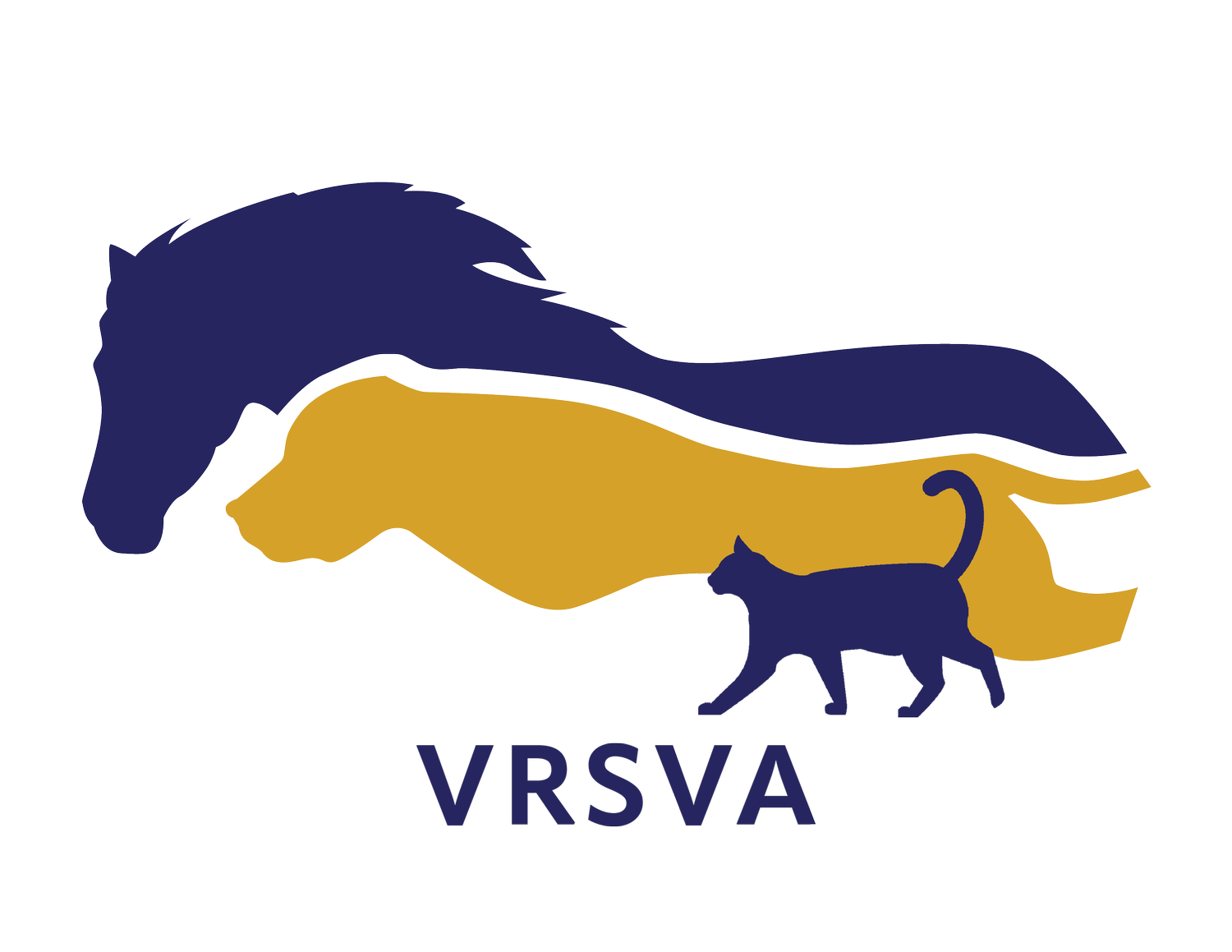Rehabilitation After Colic Surgery: How Rehab Helps These Horses Return to Work
This abdominal band helps to apply pressure around the abdomen and over the incision in our post-operative colics. It helps decrease swelling and decrease the chance of herniation after surgery. These bands are removed daily to allow for incisional care and assessment, to check for pressure sores and to reset the fit.
Colic surgery is a major abdominal surgery with a variety of potential complications during recovery, including infection of the incision or of the abdomen, hernias, catheter site complications, return of colic symptoms, laminitis, and diarrhea (to name only a few). The 30 days after surgery are often the most critical. Transitioning a post-operative colic to a veterinarian-staffed rehab facility can decrease the occurrence of these complications and can help ensure any issues are caught early and treated effectively. At VRSVA trained staff perform full physical exams of these critical horses multiple times per day and provide all day monitoring of comfort, appetite, water consumption, and manure production. Licensed veterinary staff manage incisional care, catheter site care, re-feeding, and pain management.
Once horses are through the initial 30 day period and free of complications, physical therapy exercises can begin. After abdominal surgery and a period of extended stall rest, horses lose a significant amount of strength in the core stabilizing muscles in their backs and abdomen. These muscles are challenging to retrain and don’t come back easily on their own. Lack of core strength can lead to decreased performance and an increased risk of injury. At VRSVA we place strong emphasis on building back this core musculature.
A study out of Michigan State University looked at how core exercises can influence a horse’s return to performance. In this study, 61 horses, aged 3-18 years, underwent colic surgery. They were given the same general post-operative recommendations. Stall confinement was advised for the first 30 days, with less than 5 minutes of hand walking to allow for incisional healing. At 4 weeks, if free of complications, the horses could begin small paddock turnout. Around 6-8 weeks post-op the horses could begin walking and trotting under saddle. At 8 weeks canter could be introduced. Around 8-12 weeks large paddock turnout could begin. Of these horses, 11 were put through a four week core abdominal rehabilitation exercise program.
The core exercise program was able to be performed safely, with no complications in any of the horses. The horses that performed 4 weeks of core exercises returned to under saddle work one month earlier (2 months after surgery for the core exercise group versus 3 months after surgery for the control group) and to full training 1.5 months earlier (2.5 months after surgery for the core exercise group versus 4 months after surgery for the control group). This is impressive!
Interestingly, owners or trainers actually noted an improvement in performance in 9 of the 11 core exercised horses (82%), compared to their performance prior to surgery. One horse was similar in performance and one horse declined in performance. In the control group only 4 owners or trainers noted improvement in the horses’ performance (8%), 39 felt their horse had similar performance to before surgery, and 8 felt the performance had declined after surgery. This speaks volumes!
At VRSVA not only do our post-operative colics perform core stability exercises, but they also hand walk over poles, have the option to hand walk and lunge in the Equicore system, and can train in the underwater treadmill to build full body strength and stability and decrease the chance of injury once back in work. Our talented rehab riders are able to do any or all back-to- work riding, and incorporate under saddle exercises to further build strength.
References: Holcom, S.J.; Shearer, T.R.; Valberg, S.J. The Effect of Core Abdominal Muscle Rehabilitation Exercises on Return to Training and Performance in Horses After Colic Surgery. Journal of Equine Veterinary Science 2019, vol. 75; pp. 14-18.

